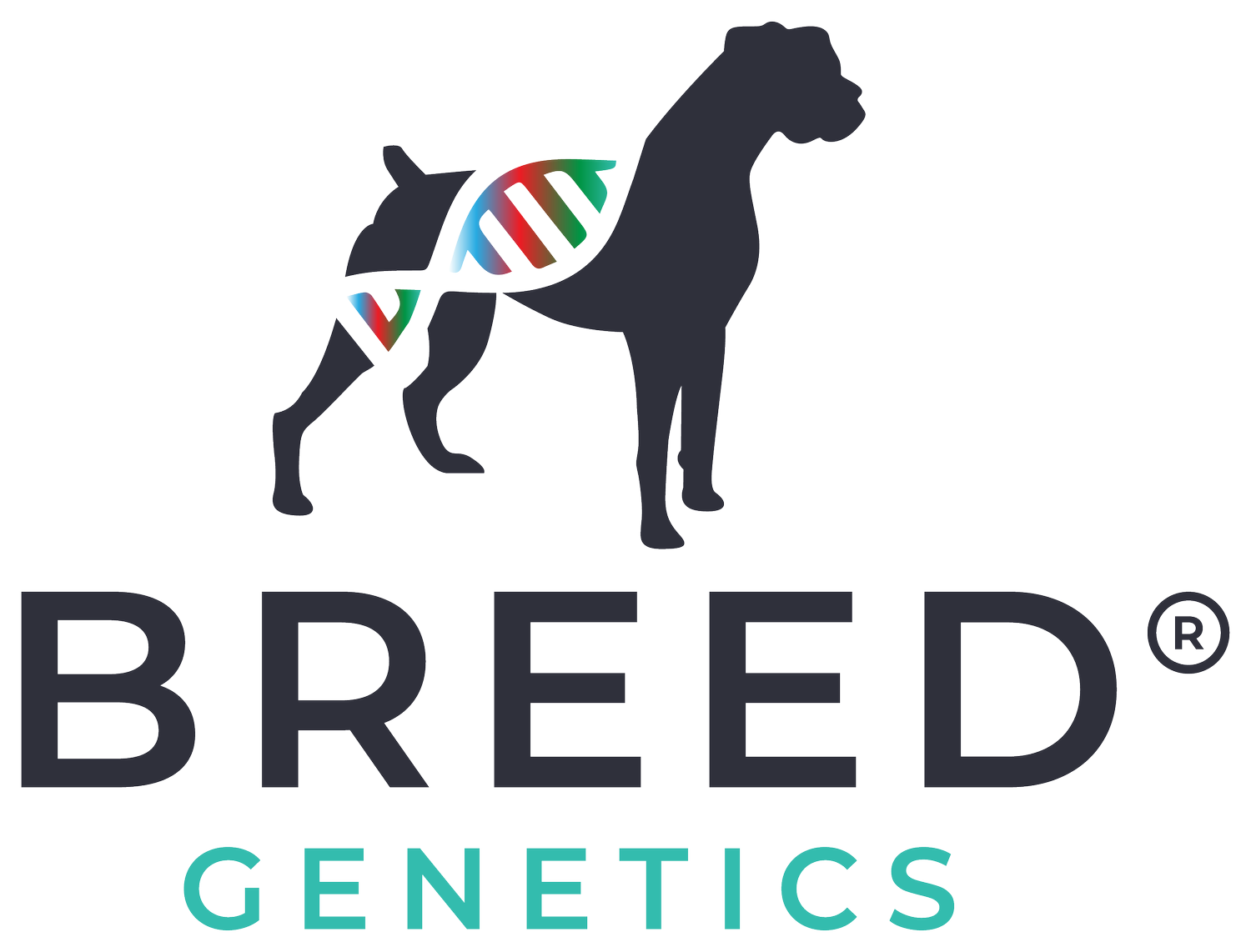The Early Signs of Arthritis in Dogs
Did you know that more than 48 million households in the United States alone have at least one dog? It can be wonderful to have a dog as a pet, but it can be sad to see your dog in pain due to arthritis. Arthritis in dogs is actually quite a common problem, especially in older dogs.
But how can you know whether or not your dog is suffering from arthritis? Fortunately, there are a few signs of arthritis in dogs that you can pick up on if you are observant enough.
Keep reading and learn more about the early signs of arthritis in dogs and how you can treat the problem so your dog remains as comfortable as possible.
Your Dog Is Hesitant to Move
Your dog may not be able to tell you that he is in pain, but you may be able to tell if your dog is suffering from arthritis pain if he is hesitant to move. If your dog is already several years old and not too keen on moving around, it might not be a problem of sluggishness but rather pain. Your dog may feel comfortable only when he is lying down on a soft surface.
Once your dog starts to walk around, he might start to feel pain in his paws, joints, or back. This, of course, would make any animal reluctant to move. Besides being hesitant to move, your dog may also move very slowly.
For example, when going up or down stairs, your dog may hop across the stairs at an unusually slow pace. If your dog used to be able to bound up and down stairs or down long stretches of ground without any problem in the past but is now reduced to very slow and careful movements, this is a very clear sign that your dog is suffering from arthritis.
Lack of Flexibility and Sluggishness
Even when walking, you may notice that your dog seems to hobble or tread very lightly over the ground. Your dog may also prefer to walk on softer surfaces such as the grass rather than the sidewalk. This is because softer surfaces put less pressure on the joints and result in less intense pain.
Besides being slow and sluggish, you may also notice that your dog does not seem as flexible as before. As a result, your dog may develop a slight limp or a stiff gait due to swelling in his leg joints.
Licking and Biting Joints
Arthritis involves the inflammation and swelling of certain joints. This, of course, can be very painful and your dog may try to relieve this discomfort by licking or biting his joints. For example, suppose that your dog has arthritis in the joints of his front paws.
In the early stages of arthritis, the pain may not be that bad and may only be a mild ache. As a result, your dog may lick the joints in an attempt to soothe the discomfort. While licking does not actually help with the pain, the sensation can distract your dog from the discomfort.
However, as the arthritis pain gets worse, your dog may start biting on the joints instead. Again, the biting does not help with the pain but instead distracts your dog from the pain. However, as the arthritis pain gets more severe and as your dog starts to bite more often on his joints, your dog might end up irritating the area and injuring the skin around the joints.
This will only cause your dog more pain and it might even result in an infection if you're not careful.
The Details
This process is usually slow and, as mentioned before, it starts with your dog simply licking at his joints. If you notice that your dog is starting to lick his joints quite often, it may be a sign that he has arthritis and that you should get the problem treated.
It is important to learn how to treat arthritis in dogs early on before the pain gets too severe. Otherwise, your dog might start to get irritable and it may become very painful for your dog to do much of anything involving movement. But how should you go about treating arthritis in your dog in the first place?
How to Treat Arthritis in Dogs
While there is no way to cure your furry friend's arthritis, there are several ways in which you can relieve arthritis pain in dogs. For example, giving your dog pain-relieving supplements is always a good choice. You should only ever choose supplements that are natural and you should do research on the supplements you plan to get before buying them.
That way, you will know whether or not the supplements are safe for your dog. Joint supplements, in general, are a good way of keeping your dog's joints strong and in good shape. In addition to improving your dog's joint health, a product addressing the reduction of pain and inflammation is a good idea to keep your dog comfortable.
You can also give your dog a soft place to rest such as a plush dog bed or pillow. Giving him a warm heating pad to lay on may also help reduce his arthritis pain.
What You Need to Know About Arthritis in Dogs
Arthritis in dogs can be hard to spot if you're not paying attention. Usually, you can tell whether or not your dog has arthritis based on how mobile he is, if he bites or licks his joints, and if he is no longer as flexible or playful as he used to be. To treat arthritis in dogs, try giving your dog joint supplements and natural pain and inflammation reducers.
Click here to see the products we have to offer.

